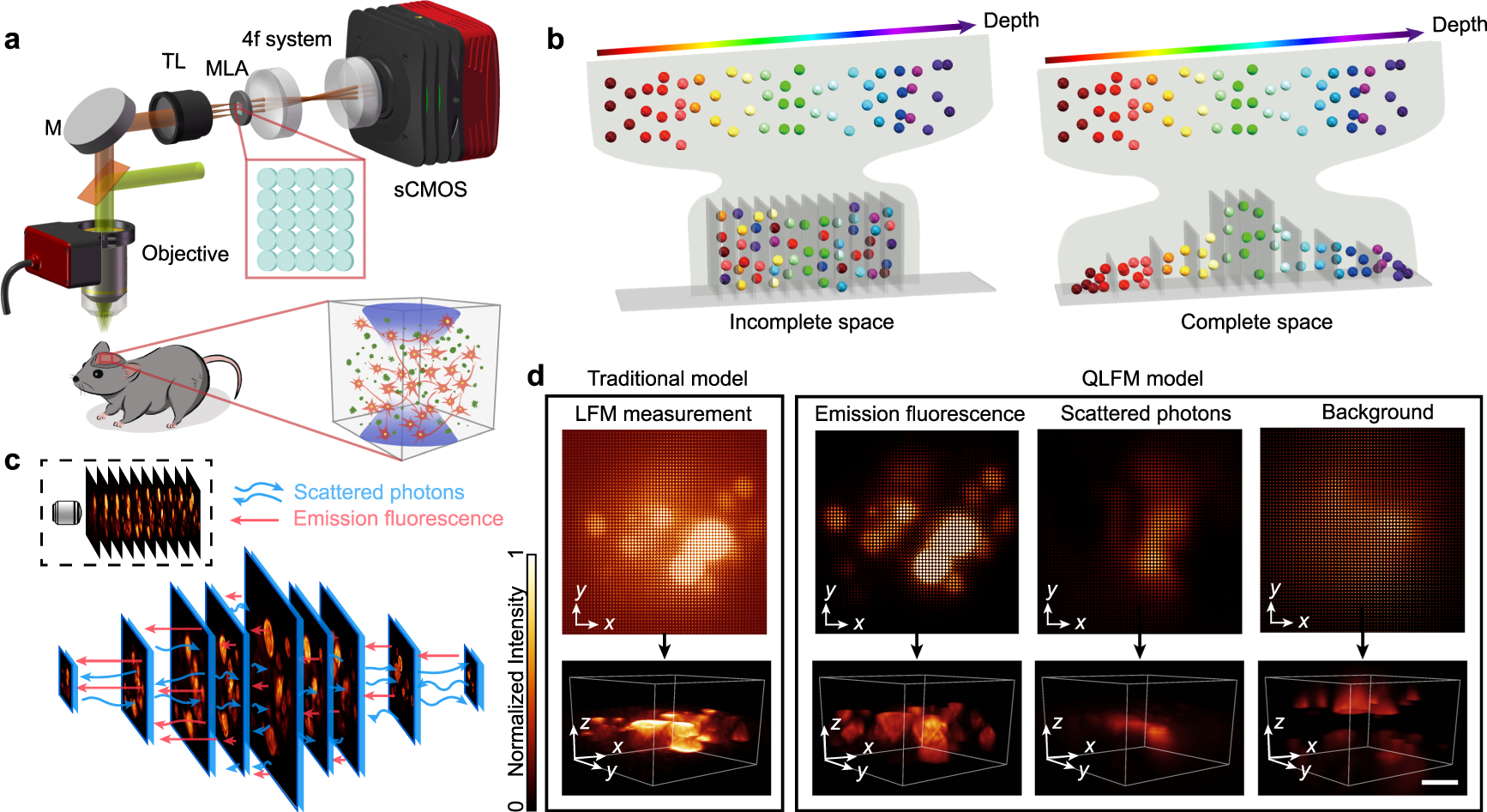
Though this approach has proven to be a powerful technique for generating high-resolution images over the past few decades, speckle interferometry faced a limitation when attempting speckle imaging with intensified-CCDs or other microchannel-plate-based devices used in the 1990’s: the ‘dead-time effect’ occurred in the pixels, causing bright speckles to preferentially look fainter. Labeyrie ( 1) first demonstrated that one can obtain information about the high-resolution structure of a star by performing Fourier analysis on these speckle patterns, pioneering the field of speckle interferometry. On large telescopes, a point source is seen as a speckle pattern, due to seeing-induced phase fluctuations across the wavefront. Speckle interferometry, or speckle imaging, has proven to be one of the most effective methods for measuring stellar multiplicity. When these multi-star systems host planets, unknown companions can hinder the detection and characterization of exoplanets. Stars preferentially form in groups, whether these are multi-star systems or clusters containing up to several million stars. In recent years, measurements of stellar multiplicity have been a focus for both stellar astrophysicists and exoplanet scientists. QWSSI’s unique build and capabilities represent a new frontier in civilian high-resolution speckle imaging. The design philosophy was optimized for an inexpensive, rapid build virtually all parts were commercial-off-the-shelf (COTS), and custom parts were fabricated or 3D printed on-site. This results in additional data that can be utilized during post-processing, enabling advanced techniques such as Multi-Frame Blind Deconvolution.

With the simultaneous wavefront sensing, QWSSI characterizes atmospheric aberrations in the wavefront for each speckle frame. All cameras are operated synchronously via concurrent triggering from a timing module.

All remaining non-imaging visible light is then sent into a wavefront EMCCD. Longward of 1µm, two imaging wavelengths in the NIR are collected at 11nm on two InGaAs cameras with 50nm bandpasses. The instrument images on a single Electron Multiplying CCD (EMCCD) at four wavelengths in the optical (577, 658, 808, and 880nm) with 40nm bandpasses. QWSSI is built to efficiently make use of collected photons and available detector area. The Quad-camera Wavefront-sensing Six-channel Speckle Interferometer (QWSSI) is a new speckle imaging instrument available on the 4.3-m Lowell Discovery Telescope (LDT).


 0 kommentar(er)
0 kommentar(er)
